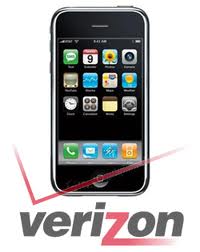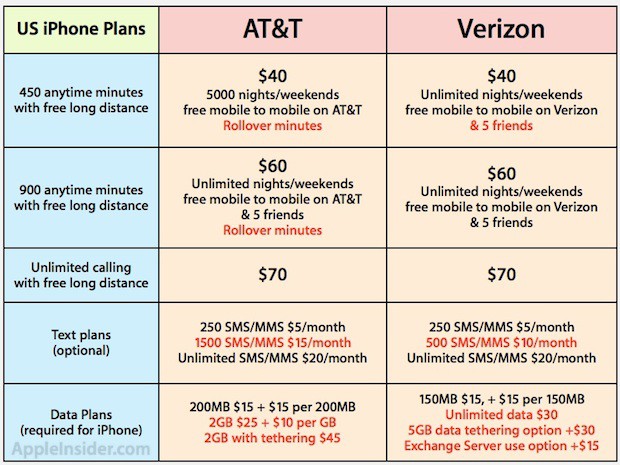 It’s official. Verizon Wireless will welcome Apple’s iPhone to its network next month, but in a glaring omission, company officials refused to discuss data pricing for the all-important data plans that will power the wildly popular smartphone.
It’s official. Verizon Wireless will welcome Apple’s iPhone to its network next month, but in a glaring omission, company officials refused to discuss data pricing for the all-important data plans that will power the wildly popular smartphone.
The official announcement of the iPhone on Verizon came late this morning in New York at a press event hosted by Verizon’s president Lowell McAdam. Joining him was Tim Cook, Apple’s chief operating officer. Neither Steve Jobs or Verizon CEO Ivan Seidenberg were on hand for the event.
“Late in 2010 we started offering the Apple iPad and today we are extremely gratified to announce that the iPhone 4 will be available early next month,” MacAdam said. “Our relationship with Apple has developed over the last two years. Back in 2008 we started talking about bringing the iPhone to a CDMA network, and we spent a year testing.”
“All of Apple is very excited to bring the iPhone to Verizon’s customers,” added Cook.
The new phone will be available for pre-orders, exclusively for existing Verizon Wireless customers Feb. 3. A week later, anyone can reserve the Verizon iPhone at Verizon Wireless or Apple stores, or online. The new phones will cost $199 for the 16GB model, $299 for the 32GB model with a new two year contract. The phones will work on Verizon’s 3G network, but not on their new LTE/4G network.
Verizon is so confident its network can handle the traffic, it is bundling, for free, a mobile hotspot with the phone that will allow up to five devices to share the iPhone’s 3G connection over Wi-Fi. That means you can use a laptop or home computer with a wireless card and connect to Verizon’s 3G wireless broadband service without any additional equipment.
But Verizon’s press event left some questions unanswered, starting with whether the company would sell unlimited data plans to accompany the phone.
“We talked about the device pricing, but we’re not going to talk about the pricing for the network for that connectivity,” Verizon Wireless CEO Dan Mead said. “We’ll have announcements in the future.”
Another downside: the Verizon iPhone will not be able to multitask. If you make or receive calls on your phone, your data connection is suspended for the length of the call. This is common on CDMA cellular networks, and it currently affects other smartphones used on Verizon’s network as well.
As far as Apple sees it, that isn’t much of a problem so long as the phone works on Verizon’s network.
“I can tell you that the number one question I’ve gotten is when will the iPhone work on Verizon,” said Cook. “I couldn’t be happier to tell people that. They will make those sorts of trade-offs.”
[flv width=”576″ height=”344″]http://www.phillipdampier.com/video/AP Verizon to Start Selling iPhone Early Feb 1-11-11.flv[/flv]
Lowell McAdam makes the official announcement. (2 minutes)


 Subscribe
Subscribe






